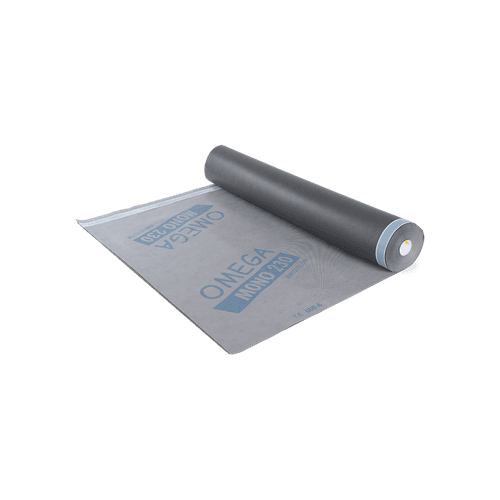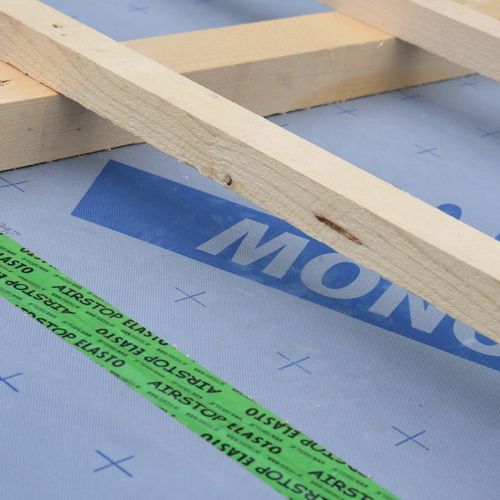Building Wraps & Underlays
- In the construction industry, building wraps refer to any underlay or building paper wrapped on external walls. Apart from serving as protection against moisture, they have many customized properties such as offering heat protection, insulation, and much more. So, power bills can be significantly lowered. If on the market for quality home improvement products, visit ArchiPro.They carry a wide assortment of reasonably priced products for construction and renovations purposes.Why ArchiPro?
No more endless searching -
Everything you need, all in one place.Real projects, real experts -
Work with vetted architects, designers, and suppliers.Designed for Australia -
Projects, products, and professionals that meet local standards.From inspiration to reality -
Find your style and connect with the experts behind it.Start your Project
Start you project with a free account to unlock features designed to help you simplify your building project.
Learn MoreBecome a Pro
Showcase your business on ArchiPro and join industry leading brands showcasing their products and expertise.
Learn More



